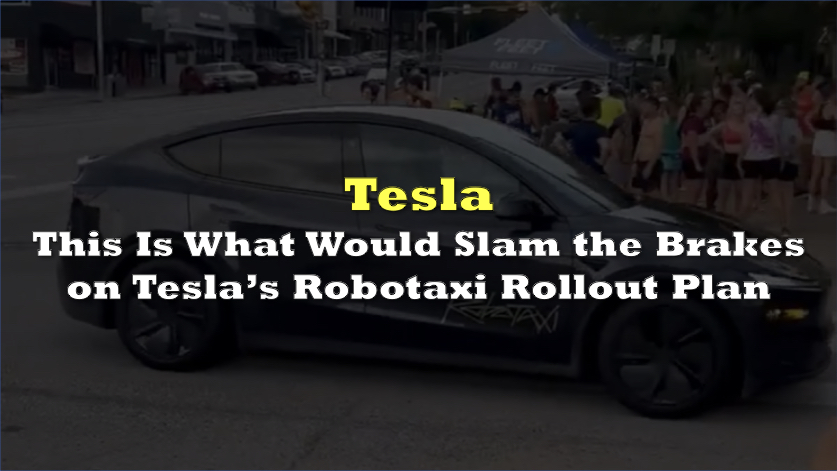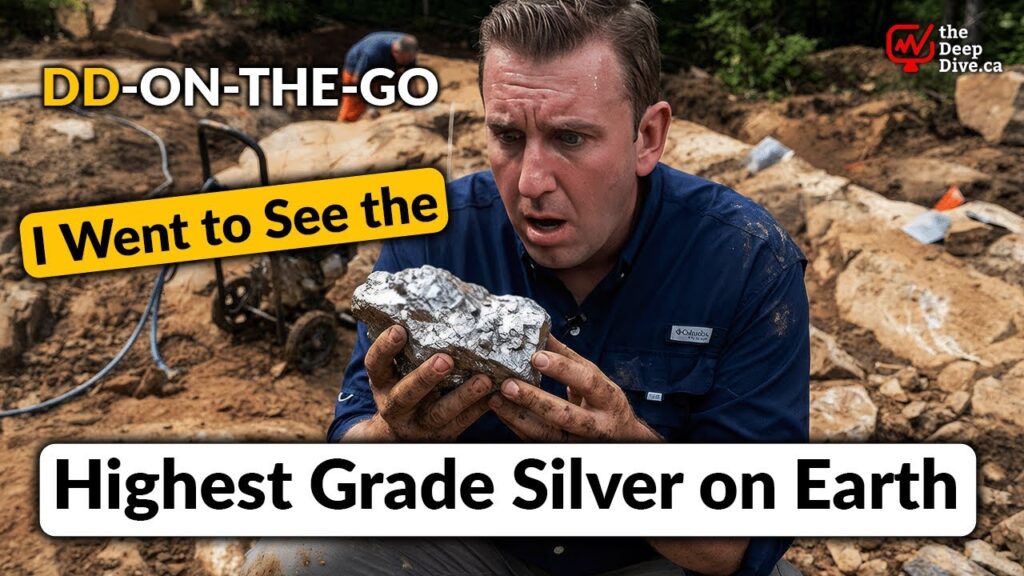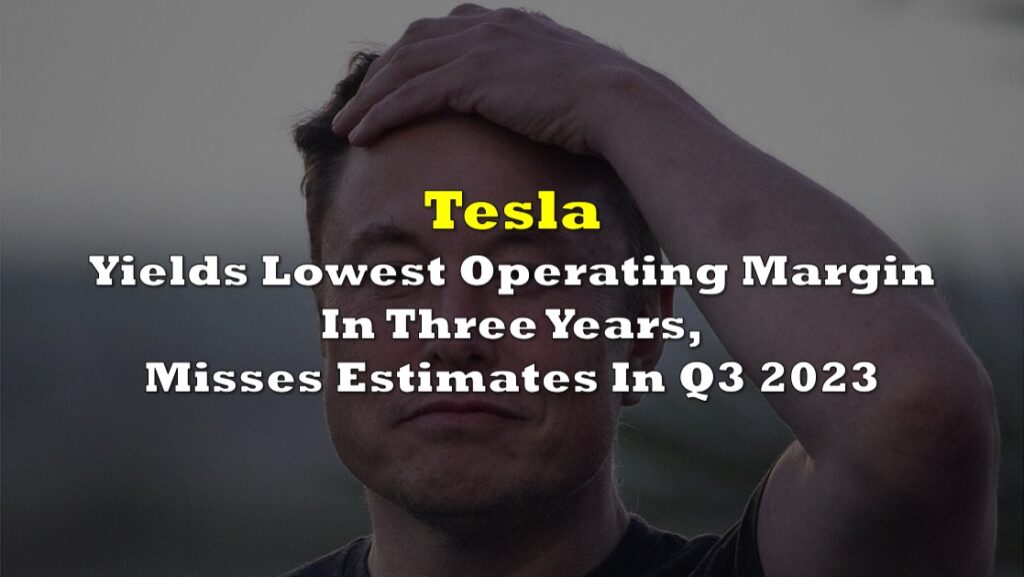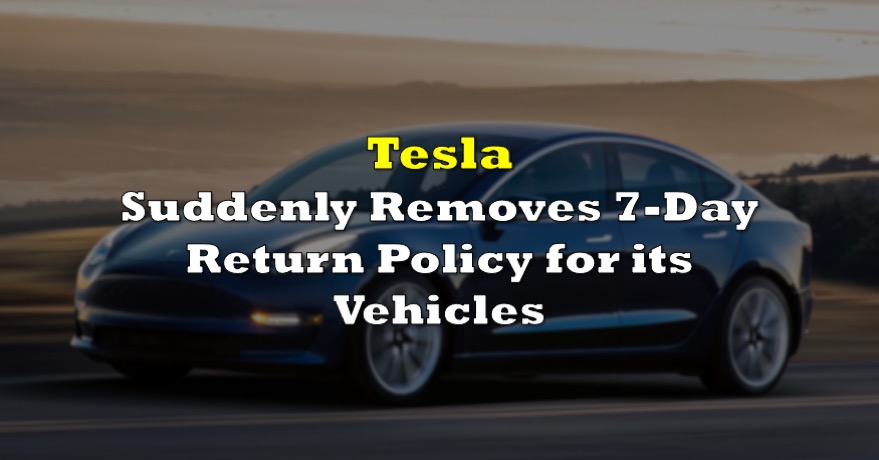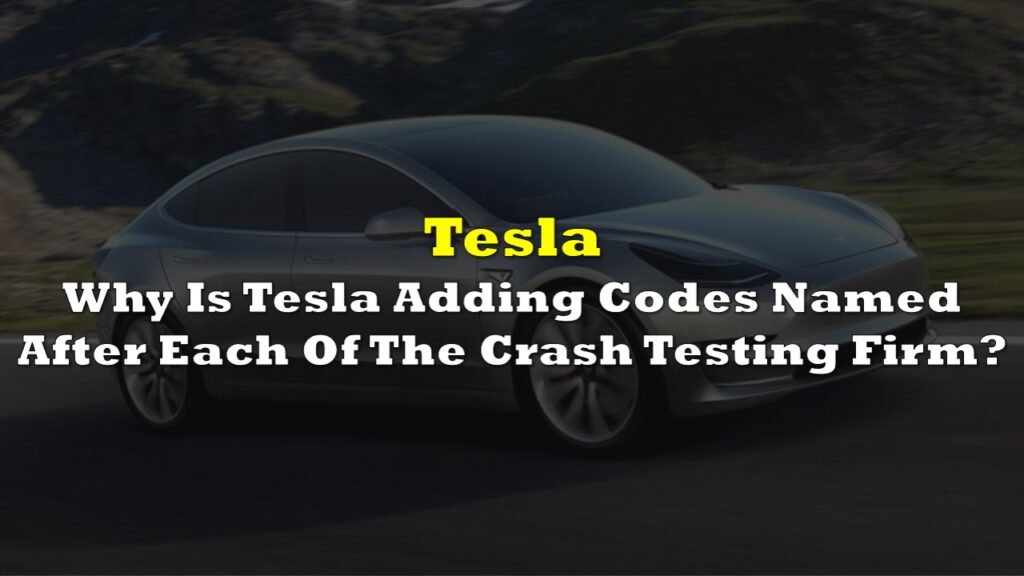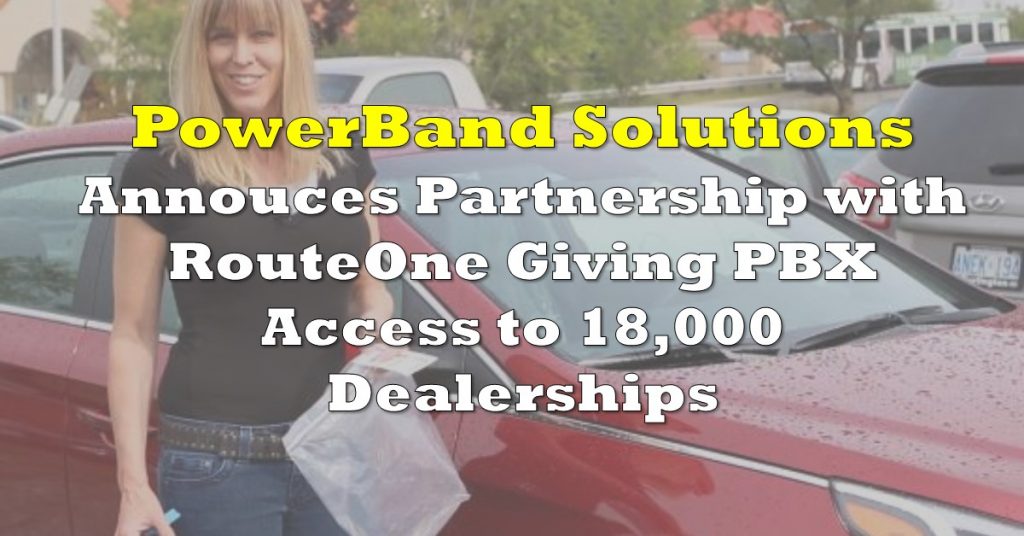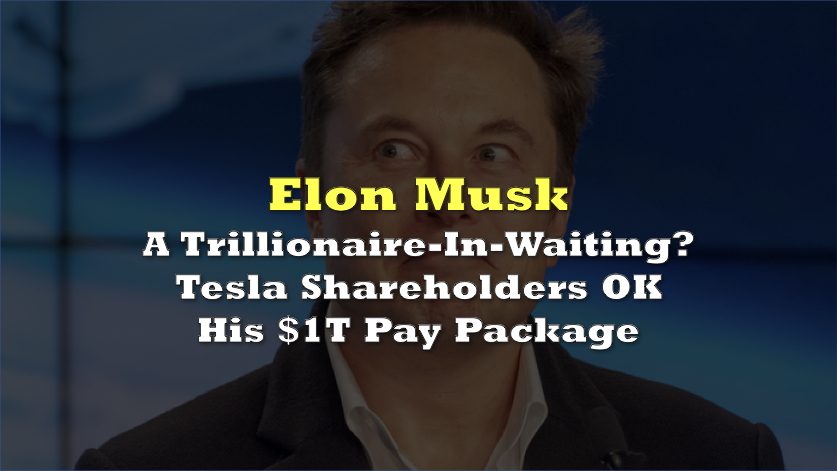Texas’ pending Senate Bill 2425 may do what competitors and regulators have not been able to do: park Tesla’s statewide robotaxi rollout before it starts.
Tesla CEO Elon Musk has set June 22 as the “tentative” launch date for a 10-to-20-vehicle robotaxi pilot in Austin, boasting that the cars will complete the first factory-to-customer delivery by 28 June.
“We are being super paranoid about safety,” he wrote on X.
Tentatively, June 22.
— Elon Musk (@elonmusk) June 11, 2025
We are being super paranoid about safety, so the date could shift.
First Tesla that drives itself from factory end of line all the way to a customer house is June 28.
But the bipartisan bill—already placed on the General State Calendar and expected to be taken up in a forthcoming special session—would allow only vehicles that meet SAE Level 4 or Level 5 standards to accept paid rides anywhere in Texas. No automaker, including Tesla, currently claims that capability.
SB 2425 forces autonomous-fleet operators to secure a Texas DMV permit, file a first-responder interaction plan with state police, prove “minimal-risk” fallback behaviour, and accept immediate suspension if safety data are not updated within 30 days. Each day of unpermitted operation is a separate Class B misdemeanor.
🚨 $TSLA dream killer
— Roger (@rdd147) June 10, 2025
Alright… So since Texas legislature closed for the session I can share their autonomous driving law that was written with bipartisan support and meant as a framework for NHTSA guidance. The bill was prepared and moved to final stage to be passed in special… pic.twitter.com/9invOg4mgY
Despite its “Full Self-Driving” branding, Tesla itself tells regulators that Autopilot/FSD is only SAE Level 2 driver assistance. The system relies on a camera-only “vision” stack; Tesla removed radar in 2022 and never adopted lidar.
Level 5, by contrast, demands unconditional, all-weather autonomy without a safety driver.
Federal regulators are unlikely to grant Tesla much leeway. NHTSA is re-investigating December 2023’s record recall of 2 million vehicles after 20 new crashes post-software update and has tallied at least 13 fatal Autopilot-related collisions.
Tesla can still run a tightly geocached pilot around its Gigafactory, but SB 2425 would bar expansion until it opens its safety books and vaults two automation levels—a feat Alphabet’s Waymo hasn’t achieved after 10 million driverless miles.
A similar firewall could spread quickly. Washington is already drafting the Autonomous Vehicle Acceleration Act of 2025, which directs the US DOT to publish nationwide certification rules for Level 4 and Level 5 vehicles within a year, while NHTSA’s new AV Framework tightens incident-reporting for every higher-level system on the road.
California’s pending SB 511 would layer extra penalties and first-responder-plan mandates on top of the state’s existing crash- and disengagement-report regime, and lawmakers in Illinois and New York have introduced copy-and-paste versions of the Texas bill. If even a handful of large states—or the NHTSA itself—locks in “Level-5-or-park-it” standards, Tesla’s robotaxi dream shrinks to whatever permissive pockets remain.
Information for this story was found via Reuters, Times of India, and the sources mentioned. The author has no securities or affiliations related to the organizations discussed. Not a recommendation to buy or sell. Always do additional research and consult a professional before purchasing a security. The author holds no licenses.

